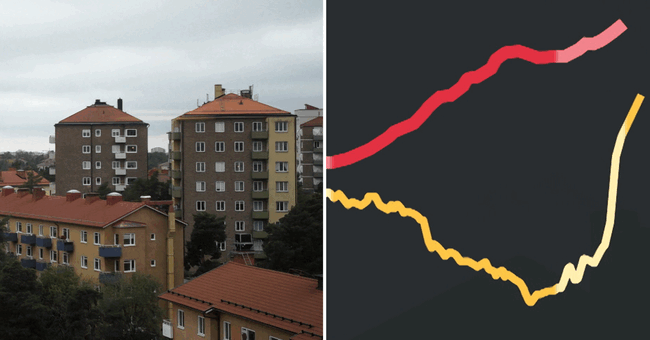In the wake of the corona crisis, almost half a million Swedes are unemployed and more than that laid off with an uncertain future.
But this has not disturbed the rise in housing prices other than temporarily.
-Those who are mainly affected by increased unemployment today are those who already had a high risk of unemployment, who had weak footholds in both the labor market and the housing market.
They are, so to speak, not the typical home buyers, says Andreas Wallström, head of forecasting at Swedbank to SVT.
In fact, one has to go all the way back to the early 1990s crisis to find falling house prices and rising unemployment at the same time.
But there is a crucial difference between then and now - during the crisis of the 1990s, interest rates were raised.
Falling interest rates behind high housing prices
Over the past 25 years, unemployment has risen during five crisis periods.
On all occasions, housing prices have risen despite the growing unrest in the labor market.
The common thread is falling interest rates.
-I think the most important factor is that households look at their finances and then you find low interest rates, and expectations about interest rates in the future are very low.
Most also have their jobs with relatively good incomes, says Andreas Wallström at Swedbank.

